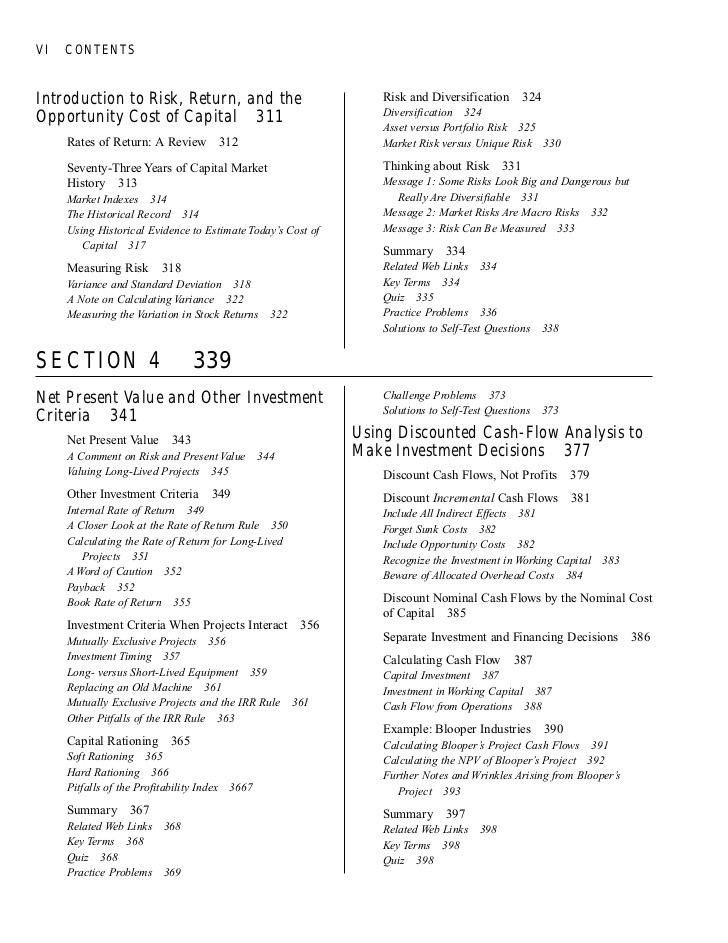Investmentgrade issuers want intermediates and perpetual bonds Market Realist
Post on: 28 Июнь, 2015 No Comment

Overview: The week in corporate bonds—the rate hike (Part 7 of 9)
Investment-grade issuers want intermediates and perpetual bonds
Deals and volumes in the investment-grade primary market
Investment-grade debt (LQD ) issuance came in at $44.5 billion in the week ending June 13, bringing the month-to-date (or MTD) and year-to-date (or YTD) issuance to $83.2 billion and $741.8 billion, respectively. This was an increase from the $38.7 billion raised by investment-grade (or IG) borrowers the previous week.
Issuance by maturity and quality
92% of the issues were fixed-rate, with the balance issued as floating rate debt. BBB rated issues accounted for most of the issuance volumes at
59% of the total. In terms of tenure, five-year maturities and perpetual bonds proved the most popular, accounting for 22.2% and 21.9% of the total issuance, respectively. Perpetual bonds accounted for 7.2% of issuance in the week ending June 6. An increase in the issuance levels of perpetual bonds implies that issuers are looking to lock-in low yields for the long haul.
What are investment-grade bonds?
Investment-grade bonds are rated BBB- and above, as per the Standard & Poor’s ratings system. Credit ratings are an assessment made by ratings agencies like Standard & Poor’s and Moody’s that provide an opinion on the borrower’s ability to adequately service the debt issued. In general, higher ratings imply lower credit or default risk, while lower ratings imply the opposite. As investment-grade bonds (VCIT ) are deemed to have lower default risk, the rates of interest that borrowers pay are also lower, compared to high-yield bonds.
Option Adjusted Spreads fall to the lowest level since July 20, 2007
Effective yields on corporate bonds increased by two basis points to 3.03% on June 13, compared to 3.01% on June 6. However, effective yields are down by 32 basis points since the start of 2014, on flight-to-safety concerns due to geopolitical events like the Russia-Ukraine tensions, and more recently, the Iraq crisis.
Investors also exited positions in emerging market securities in January and February, following the Fed’s decision to taper monthly asset purchases. These funds also found their way to safe-haven securities like U.S. Treasuries and IG bonds. U.S. Treasuries (TLT ) are perceived to be some of the safest assets in the world. An escalation in overseas tensions usually increases demand Treasuries and U.S. investment-grade bonds (BND ).
The Fed is a key influencer in fixed income markets
The prevailing low yields due to the Fed’s adherence to a dovish monetary policy, has also kept yields low. Interest rate spreads narrowed further in the week ending June 13, dropping to their lowest level since July 20, 2007. The BofA Merrill Lynch U.S. Corporate Master Option-Adjusted Spread (or OAS), dropped by one basis point (or bp) over the week to 109 bps on June 13. The OAS has narrowed by 19 basis points since the start of 2014.
In the next section, we’ll analyze key issuance trends discuss some of the high-profile debt issues, including those of Airgas (ARG ), Penske Truck Leasing, and Bank of America. Please continue reading the next section in this series.














